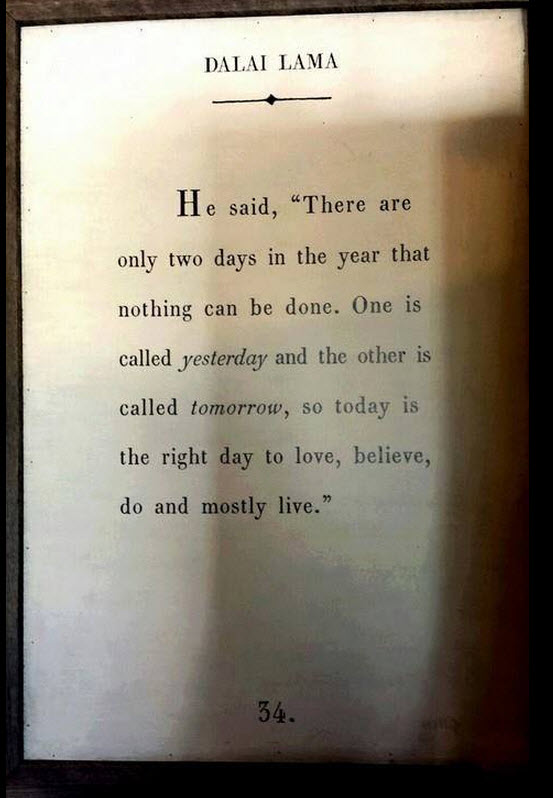Creationist questions translated
Following the so-called debate between Bill Nye and Ken Ham, many of Ham's creationist followers wrote out questions to prove their case. This page a Imgur translates those questions for those who might be perplexed that they are being asked.

